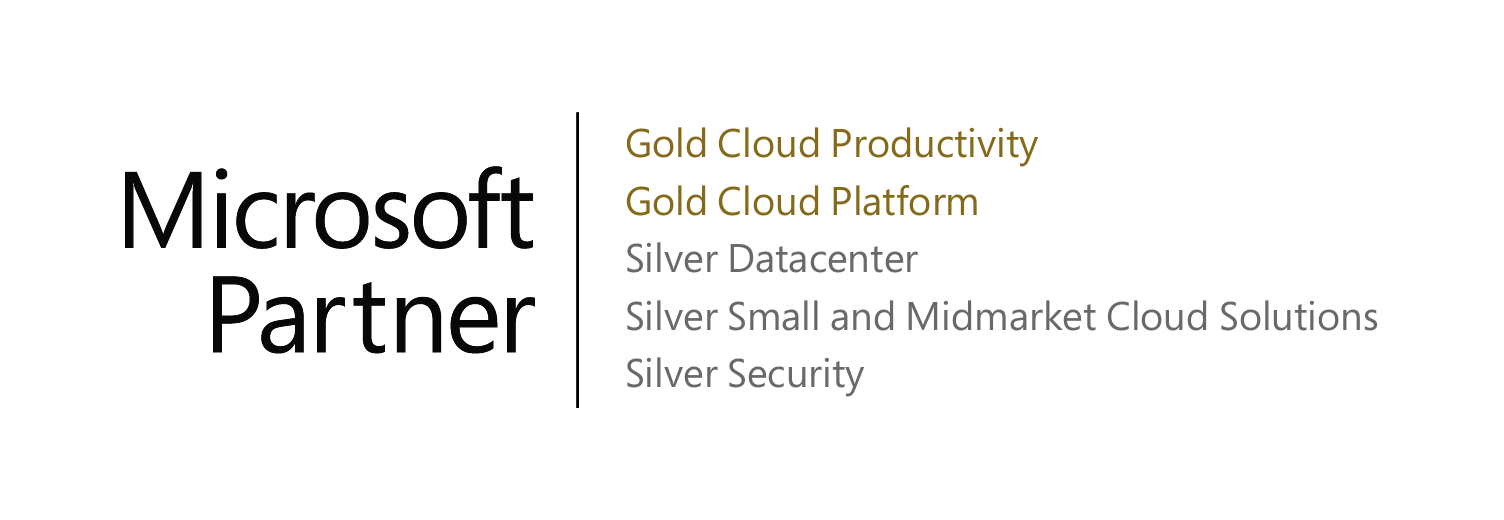Why MFA Alone Isn't Enough: Enhancing Security with Microsoft Conditional Access
Strengthening Your Security Posture with Dynamic Access Control

In today's digital landscape, securing sensitive information and systems is more critical than ever. While Multi-Factor Authentication (MFA) has become a standard security measure, it might not be sufficient on its own to protect against sophisticated cyber threats. This is where Microsoft Conditional Access comes into play, offering a robust solution that enhances the effectiveness of MFA.
The Limitations of MFA
MFA requires users to provide two or more verification factors to gain access to a resource, adding an extra layer of security beyond just a password. However, despite its benefits, MFA has some limitations:
- User Experience: Implementing MFA can sometimes lead to negative user feedback due to the additional steps required for authentication. Users may find it cumbersome, leading to potential resistance and decreased productivity.
- Static Policies: Traditional MFA policies are often static and do not adapt to the changing risk landscape. This can result in either too many or too few authentication challenges, neither of which is ideal for maintaining security and usability.
- Legacy Protocols: Many organizations still use legacy authentication protocols that do not support MFA, leaving gaps in their security posture.
The Power of Microsoft Conditional Access
Microsoft Conditional Access addresses these limitations by providing a dynamic and flexible approach to access control. Here’s how it enhances the security provided by MFA:
- Contextual Access Decisions: Conditional Access analyzes signals such as user, device, location, and risk level to make real-time access decisions. This means that MFA challenges are only presented when necessary, reducing user friction while maintaining security.
- Granular Control: With Conditional Access, organizations can create policies that are tailored to specific scenarios. For example, access can be restricted based on the user's location or the type of device they are using. This granular control ensures that only legitimate users can access sensitive resources.
- Blocking Legacy Protocols: Conditional Access policies can be configured to block legacy authentication protocols, ensuring that all access attempts are subject to modern security measures.
- Compliance and Reporting: Conditional Access provides detailed reporting and monitoring capabilities, helping organizations meet compliance requirements and gain insights into their security posture.
Implementing Conditional Access with Azure AD
At Akins IT, we have successfully implemented Azure AD MFA with Conditional Access for various clients, enhancing their security while minimizing user disruption. Here’s a brief overview of our approach:
- Discovery and Planning: We start by reviewing the existing environment and documentation to ensure compatibility and identify any potential issues.
- Policy Creation: We create Azure AD groups for MFA and define Conditional Access policies tailored to the client's needs. This includes setting up policies to block legacy protocols and defining user session lifetimes.
- Pilot Testing: Before full deployment, we conduct pilot tests with a select group of users to validate the policies and gather feedback.
- Deployment and Support: We deploy the policies across the organization in a staggered approach, providing instructions and support to ensure a smooth transition. Post-deployment, we offer ongoing support and monitoring to address any issues that arise.
Conclusion
While MFA is a crucial component of modern security strategies, it is not a silver bullet. By leveraging Microsoft Conditional Access, organizations can enhance the effectiveness of MFA, providing a more secure and user-friendly authentication experience. At Akins IT, we are committed to helping our clients implement these advanced security measures to protect their valuable assets.
For more information on how we can help your organization implement Azure AD MFA with Conditional Access, please contact us at Akins IT.




